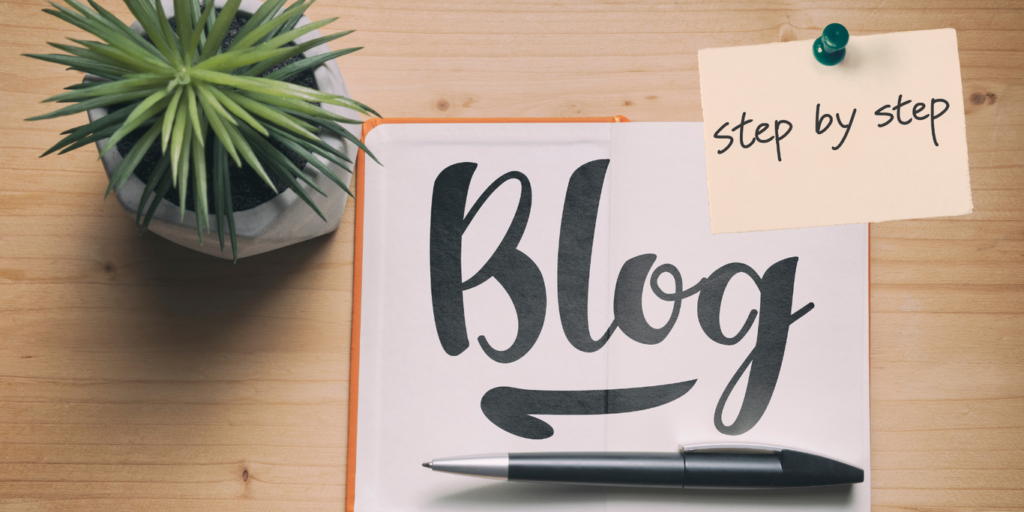Writing your first blog can feel like staring at a blank page with a million questions: What should I write about? Will people even read this? Don’t worry—you’re not alone. Every blogger starts somewhere, and the key to getting started is having a plan. This guide is your roadmap to writing a blog post that not only gets published but also leaves you feeling proud and confident. Let’s dive in!
Step 1: Choose Your Topic
The first step to writing your first blog is deciding what you’ll write about. Your topic should align with your goals (e.g., helping your audience, promoting a product) and resonate with your readers.
Tips for Choosing the Right Topic:
- Stick to Your Niche: If your blog is about affiliate marketing, don’t write about your favorite lasagna recipe (unless it ties back somehow!). Keep it relevant.
- Solve a Problem: Think about what your audience struggles with. For example, “How to Write a Blog Post as a Beginner” addresses a clear need.
- Start Small: Don’t aim to cover everything in one post. Pick one specific angle or question to answer.
Example: If your niche is affiliate marketing, your first blog could be “How I Chose My First Affiliate Product (and What I Learned).”
Step 2: Outline Your Post
A good blog has structure. Before you start writing, sketch out an outline to organize your thoughts. This will save you time and help you stay on track.
Basic Blog Structure:
- Introduction: Hook your readers and introduce the topic.
- Main Content (3-5 Subheadings): Break your topic into smaller, manageable sections.
- Conclusion: Recap the key points and end with a call-to-action (CTA).
Example Outline for This Blog Post:
- Introduction: Why writing your first blog is hard (but doable).
- Step 1: Choose your topic.
- Step 2: Outline your post.
- Step 3: Write the introduction.
- Step 4: Create the main content.
- Step 5: Wrap up with a conclusion.
- Editing and publishing tips.
Step 3: Write Your Introduction
The introduction is where you grab your reader’s attention. If they’re not hooked here, they’re unlikely to keep reading.
How to Write a Great Introduction:
- Start with a Hook: Use a question, statistic, or relatable statement to draw readers in.
Example: “Did you know that 60% of blogs never get read because they fail to connect with their audience?” - Introduce the Topic: Briefly explain what the blog is about.
- Set Expectations: Let readers know what they’ll gain by reading your post.
Step 4: Create the Main Content
The main content is where you deliver value to your audience. This is the “meat” of your blog, so make it count.
Tips for Writing the Body:
- Use Subheadings: Break up your text to make it easy to scan.
- Be Conversational: Write like you’re talking to a friend. Avoid jargon unless it’s necessary (and explain it if you use it).
- Include Examples and Stories: Personal anecdotes make your content relatable and engaging.
- Use Bullet Points and Lists: These make information easier to digest.
Example Section: How to Write an Engaging Blog
- Write short paragraphs (2-3 sentences).
- Add visuals like images or screenshots to illustrate your points.
- Use bold or italic text for emphasis.
Step 5: Wrap Up with a Conclusion
Your conclusion is your chance to leave a lasting impression and prompt action.
How to Write a Strong Conclusion:
- Summarize Key Points: Briefly recap what you covered in the post.
- End with a Call-to-Action (CTA): Encourage readers to leave a comment, share the post, or check out a related article.
Example:
“To sum up, writing your first blog doesn’t have to be overwhelming. By choosing a clear topic, structuring your post, and delivering value, you’re already on the right track. Ready to start? Share your blog ideas in the comments—I’d love to hear them!”
Bonus Tips: Editing and Publishing
Before hitting “Publish,” take the time to polish your post.
Editing Checklist:
- Proofread for Errors: Use tools like Grammarly or Hemingway.
- Check for Clarity: Does every section flow logically?
- Optimize for SEO: Add keywords to your title, headers, and meta description.
Publishing Tips:
- Add images or graphics to enhance your post.
- Share your blog on social media to reach a wider audience.
Conclusion
Writing your first blog is a big milestone, and while it might feel daunting, the process becomes easier with practice. By following this step-by-step guide, you’ll not only get your first post published but also set yourself up for success as a blogger.
Remember, blogging is a journey. Your first post doesn’t have to be perfect—it just has to be yours. So grab a cup of coffee, open your laptop, and start writing. The world is waiting to hear what you have to say. Happy blogging!

